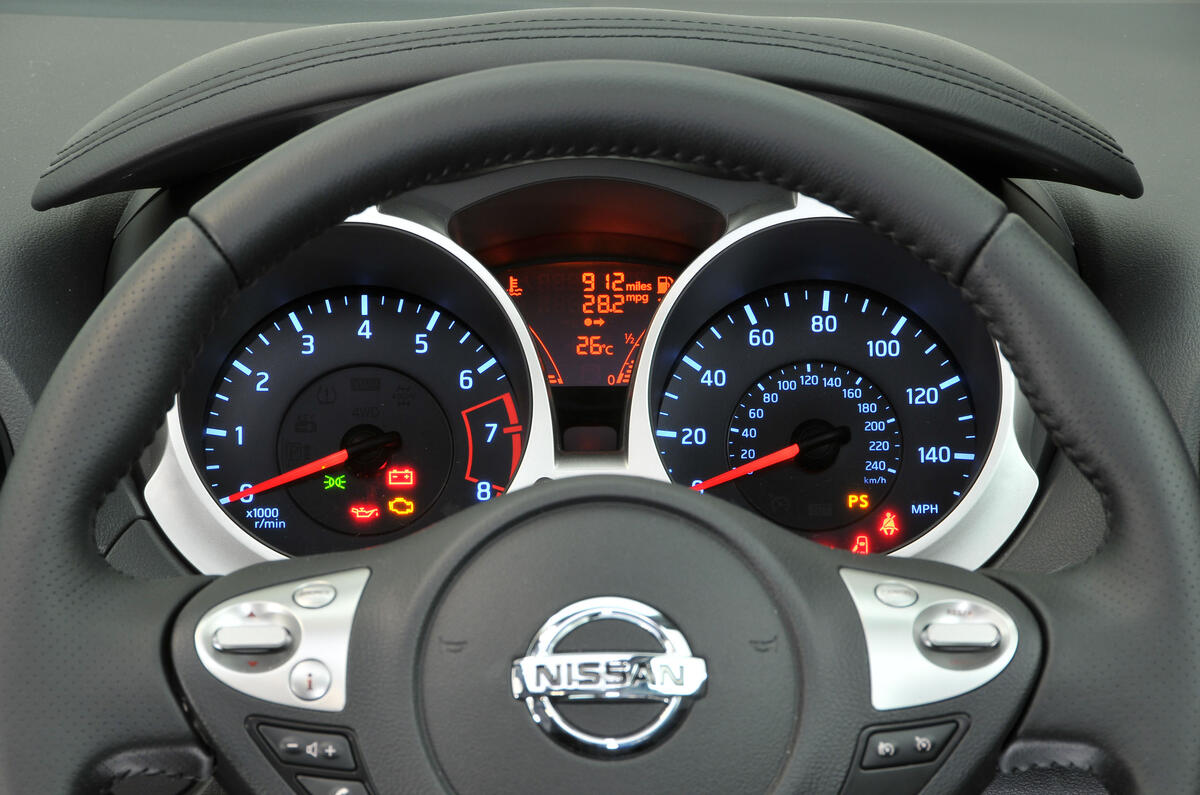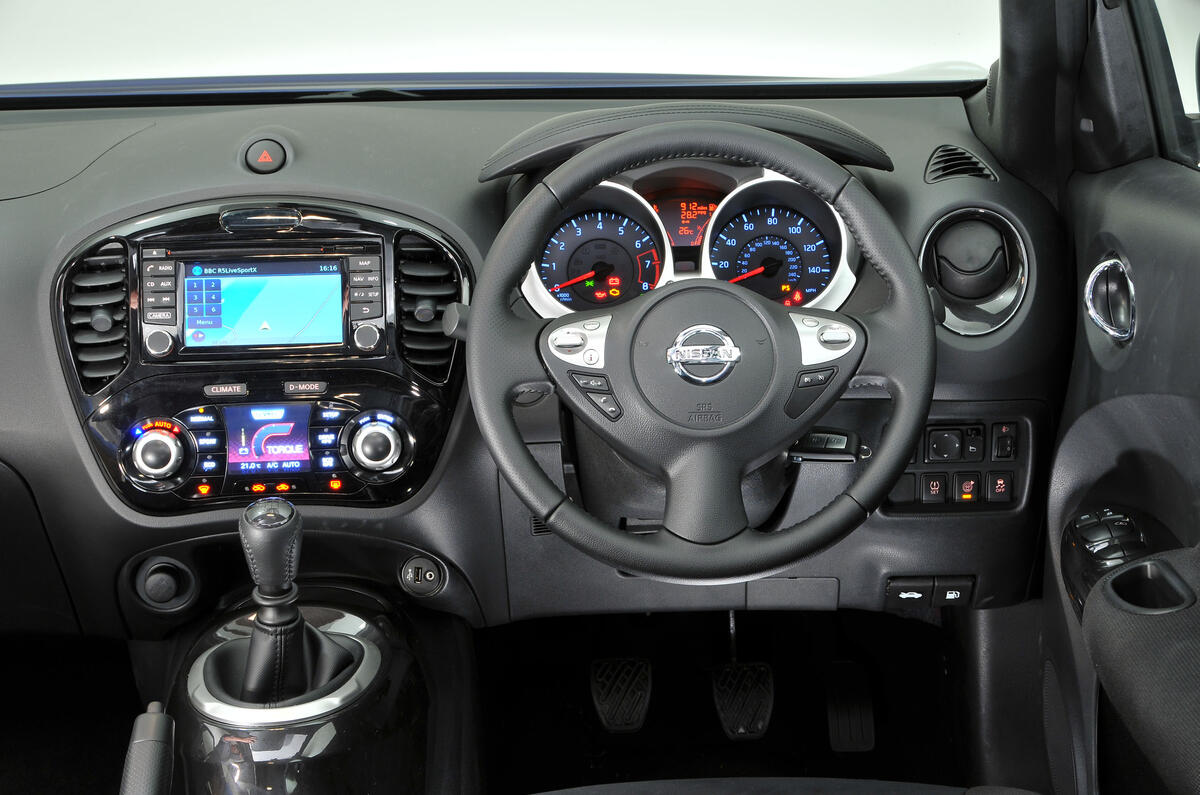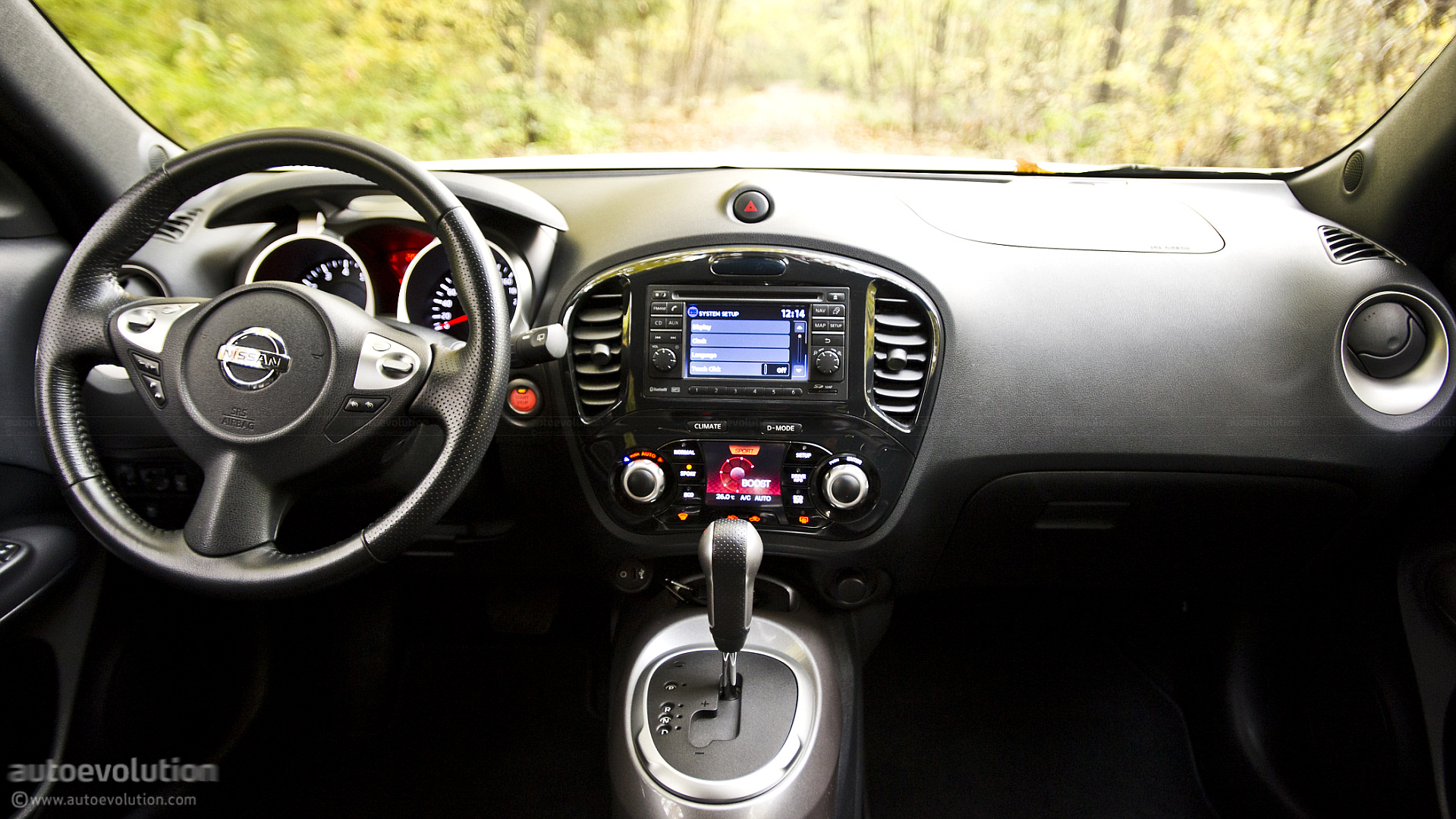The Nissan Juke Dashboard Display: What You Need to Know
The Nissan Juke, with its distinctive styling and compact size, has always been a head-turner. But beyond its eye-catching exterior lies a functional and informative interior. A key component of this is the dashboard display, which provides crucial information to the driver at a glance. This article provides a comprehensive overview of the Nissan Juke dashboard display, covering what you need to know about its features, functionality, and how to navigate it effectively.
Understanding the Nissan Juke Dashboard Layout
The dashboard display in the Nissan Juke isn’t overly complex, but understanding its layout is crucial for a safe and informed driving experience. Generally, the display is divided into two main areas:
- Instrument Cluster: This is the primary display directly in front of the driver. It typically houses the speedometer, tachometer (RPM gauge), and often a smaller, integrated digital display.
- Center Console Display (If Equipped): This touchscreen display (available on certain trims and model years) is located in the center of the dashboard and manages infotainment functions, navigation, and vehicle settings.
Key Features of the Instrument Cluster
The instrument cluster is your primary source of real-time vehicle information. Here’s a breakdown of what you’ll typically find:
- Speedometer: Displays the vehicle’s current speed in miles per hour (MPH) or kilometers per hour (km/h).
- Tachometer (RPM Gauge): Indicates the engine’s revolutions per minute (RPM). This helps you understand how hard the engine is working and can aid in fuel-efficient driving.
- Fuel Gauge: Shows the remaining fuel level in the tank.
- Temperature Gauge: Displays the engine coolant temperature, alerting you to potential overheating issues.
- Warning Lights: A series of lights that illuminate to alert you to various vehicle conditions, such as:
- Check Engine Light: Indicates a potential engine malfunction.
- Low Fuel Light: Signals that you’re running low on fuel.
- Brake Warning Light: Indicates a brake system issue.
- ABS Light: Indicates a problem with the Anti-lock Braking System.
- Airbag Warning Light: Signals a potential issue with the airbag system.
- Battery Warning Light: Indicates a charging system problem.
- Oil Pressure Warning Light: Signals low oil pressure.
- Digital Display (Often Integrated): This small screen often displays:
- Odometer (total distance traveled)
- Trip meter (distance traveled on a specific trip)
- Fuel economy information (MPG or L/100km)
- Gear position
- Outside temperature
- Clock
- Other vehicle settings
Navigating the Center Console Display (If Equipped)
If your Nissan Juke is equipped with a center console display, it significantly expands the vehicle’s functionality. Here’s what you can typically expect:
- Infotainment System: Controls audio sources (radio, Bluetooth, USB), media playback, and sometimes navigation.
- Navigation System (If Equipped): Provides turn-by-turn directions and maps.
- Vehicle Settings: Allows you to customize various vehicle settings, such as door locking, lighting, and display preferences.
- Connectivity: Supports smartphone integration via Apple CarPlay and Android Auto (on newer models).
Tips for Maximizing Dashboard Display Usage
- Familiarize Yourself with Warning Lights: Understand the meaning of each warning light and what action you should take when it illuminates. Consult your owner’s manual for detailed information.
- Adjust Brightness: Adjust the brightness of the dashboard display to optimize visibility in different lighting conditions.
- Use Steering Wheel Controls: Many Juke models feature steering wheel-mounted controls for adjusting the volume, changing radio stations, and navigating the display. This helps keep your eyes on the road.
- Regular Maintenance: Ensure your dashboard display is functioning correctly by having your vehicle regularly serviced.
Conclusion
The Nissan Juke’s dashboard display is a vital component of the driving experience, providing essential information and control at your fingertips. By understanding the layout, features, and functionality of both the instrument cluster and the center console display (if equipped), you can drive safely, efficiently, and enjoyably. Regularly consulting your owner’s manual and staying informed about your vehicle’s systems is key to maximizing the benefits of your Juke’s dashboard.
Frequently Asked Questions (FAQs)
1. What should I do if the “Check Engine” light comes on?
The “Check Engine” light can indicate a variety of issues. It’s best to have your vehicle inspected by a qualified mechanic as soon as possible to diagnose the problem.
2. How do I reset the trip meter on my Nissan Juke?
Typically, you’ll find a button on the instrument cluster or steering wheel that allows you to reset the trip meter. Consult your owner’s manual for specific instructions for your model year.
3. My center console display isn’t working. What should I do?
First, check the power connection and fuses. If those are fine, try restarting the system. If the problem persists, you may need to have it checked by a Nissan service technician.
4. Does the Nissan Juke have a digital speedometer?
Some models of the Nissan Juke have a digital display within the instrument cluster that can display speed digitally. However, the primary speedometer is typically an analog gauge.
5. Can I customize the information displayed on the digital display?
The level of customization varies depending on the model year and trim level. Some models allow you to cycle through different display options, such as fuel economy, trip information, and more. Consult your owner’s manual for details.




